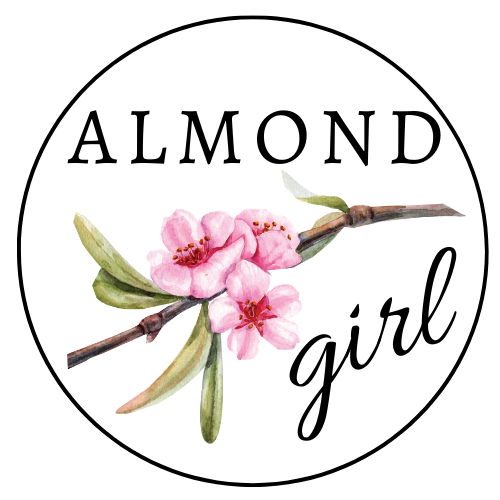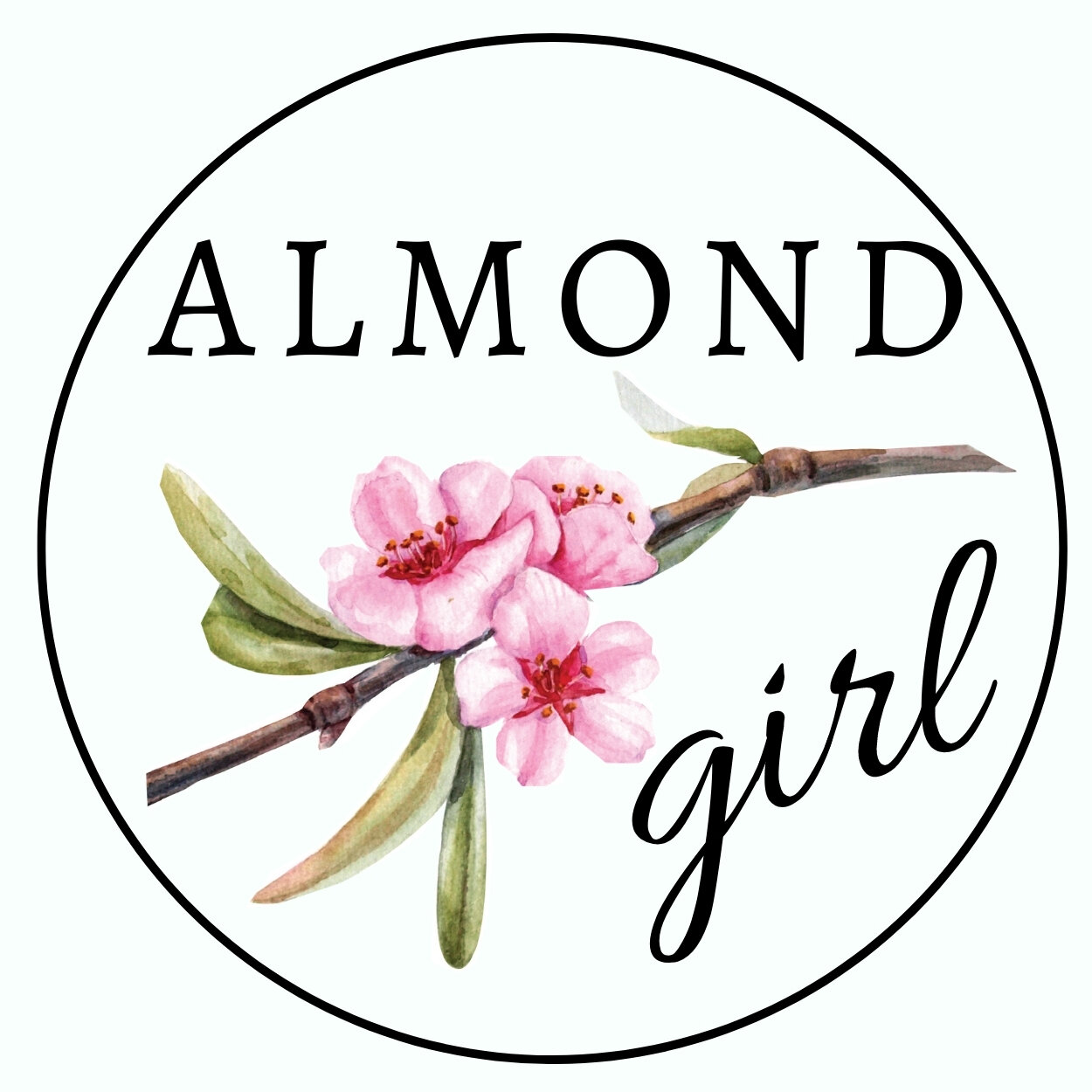Almond by-products
When people think of almond uses they tend to just think of using the almond meat. Almonds have multiple by-products actually. When almonds are processed at the huller the almond meat is separated from the hull and shell. The hulls, shells and hash are also sold and used.

Almond Hulls
Almond hulls are the green out most layer of the almond while on the tree. The hull is what splits and starts the countdown to harvest.
Once the almond has dried in the field, the hull also dries and begins to separate from the almond. At the huller, they remove the hulls and stock pile them until sold. Almond hulls are sold for animal feed, most commonly dairy feed. The hulls actually add nutrition to the animals diet and aid in healthy milk production. Growing up on my family's farm, we used the hulls to feed our breeding sheep. It was cheaper than grain, helped to add nutrition to the animal diet and while filled them up faster.

Almond Shells

Almond hash
Almond shells are the hard layer between the hull and the almond meat. The shell is what protects the almond from insects while on the tree. After the shell is removed from the meat at the huller, it is also used. Almond shells can be ground up and used as bedding for garden planters and landscape material similar to wood chips. Almond shells are most commonly sold to co-generation plants to be used as a fuel source.
Almond hash is the material discarded during the shelling process when there may be nicks or flaws on the meat. These bits and pieces of almonds are separated and also used for animal feed. The hash is sold for higher end animal feed than the hulls and can be added to grain feed.
Next time you look at an almond orchard, think about all the uses for the fruit!
Until Next Time,
Almond Girl

